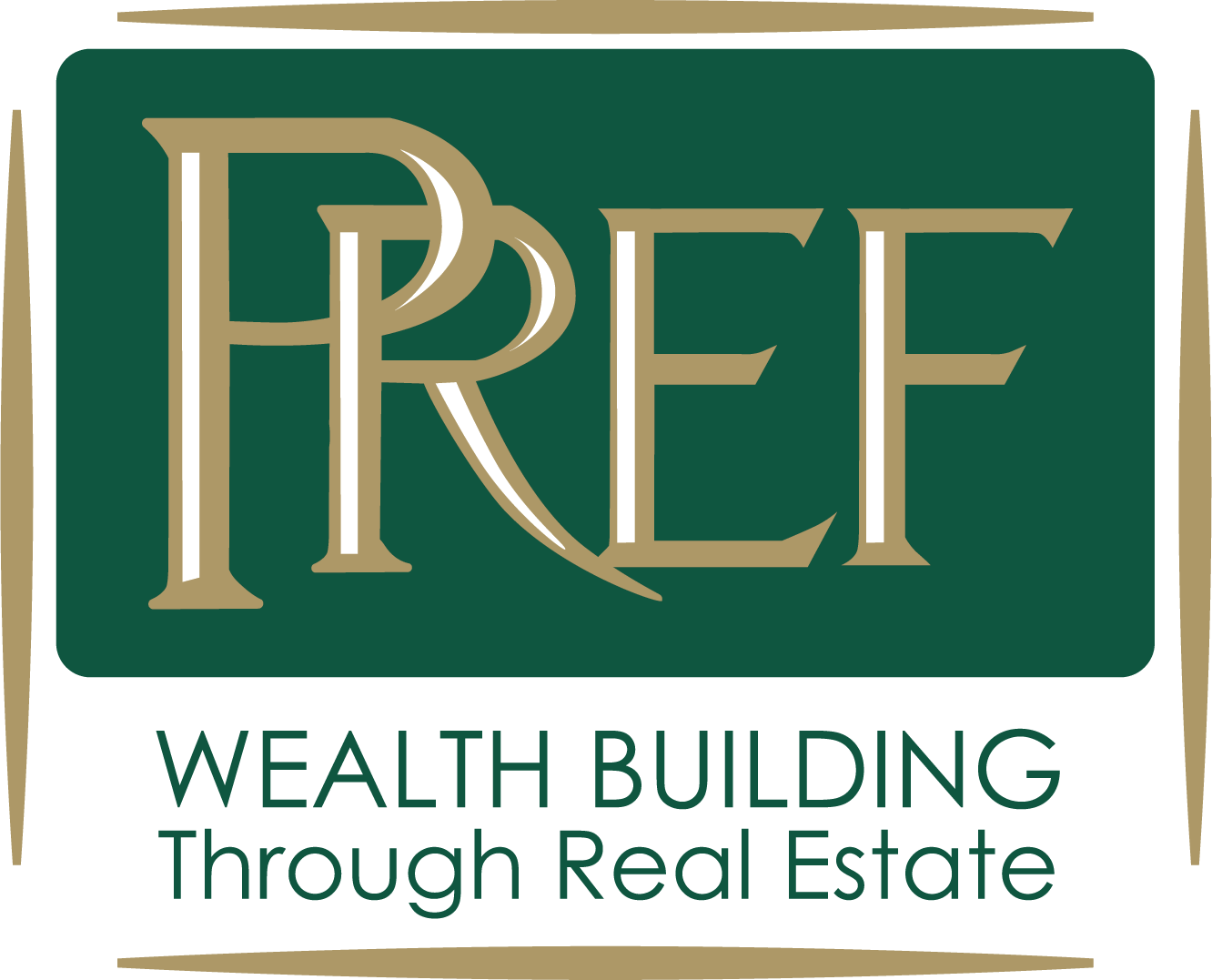Real Estate Investing: The Long and Short of It
When I started in real estate in the mid ‘70s, almost all investors and developers played the “long game.” In other words, they either developed or bought properties and held them for a long time.
Also at that time, real estate investment was truly an “alternative asset class,” played by mostly high net worth individuals, pension funds, life insurance companies, and owner-users.
The 80’s Brought Fundamental Change
During the high inflation days of the ‘80s, the mindset of real estate investors began to shift, with an increasing number looking for short-term high returns. Leverage became more aggressive with shorter loan terms, and focus shifted to internal rates of return (IRRs).
This resulted in a 30-year roller coaster from the late ‘80s through around 2018. During this period of several booms and busts, capitalization rates and valuations experienced wide swings.
Capitalization of Real Estate Is Different
During my first 30 years in commercial real estate, capitalization rates for stabilized properties hovered around 9%. Around 2006, the rates began to drop and finally stabilized around 7%. I was fond of saying that “7 was the new 9.” We wondered if this would be temporary or permanent.
The answer to that question would have to wait until after the 2009 Recession and its extended recovery, during which a lot of distressed real estate was purchased. Honestly, I didn’t think capitalization rates would ever go back to the 7% level. Was I ever wrong!
A combination of very low interest rates, the influx of capital into safe-haven investments, and vast increases in the money supply drove investors looking for yield to seek stable real estate investments with values based on capitalization rates in the 4-6% range.
This is nuts, given the illiquidity of real estate. This would suggest that real estate investors are returning to more long game strategies, but…
Long-Term Appreciation: Is There Any Left?
Long-term investors of the ‘70s and ‘80s could usually count on this: if they owned good, fundamentally sound real estate without short term refinancing pressure, they could expect capital appreciation and a return of equity via loan amortization. The IRRs stunk because of the long-term holding periods, but the multiple on the original investment was often substantial.
With the huge influx of dollars into capital markets over the past few year, we’ve witnessed properties with rich valuations soar to heights which were unthinkable when they were purchased only a few years ago.
This is great for those selling, but it seems like musical chairs to me, particularly as we are likely entering a period of higher interest rates, leveling rents, and capitalization rates which can’t go lower (in my opinion). Put simply, today’s buyers are likely stuck in the long game with low yields and little potential for value appreciation.
Stan’s Takeaway
The saying goes that you make money in real estate when you buy it. I agree. As I write this, there is not much buying opportunity, but that is changing.
Most other asset classes are being clobbered and will start to attract capital that might otherwise be directed to real estate. Demand for certain property types appears to be levelling (office vacancies are up substantially), and as interest rates creep up, refinancing will start to cause some pain, but there is still enough capital in the market to prevent an industrywide collapse like 2009.
Here’s my advice:
- Play the long game by purchasing quality properties in good locations.
- Don’t let your desire for immediate yield entice you into overpaying for a property with little chance of upside potential.
- Hook your wagon to an experienced sponsor or developer who is active in the market. Despite some softening, the market will remain competitive, and finding a good deal will be difficult and require patience.



